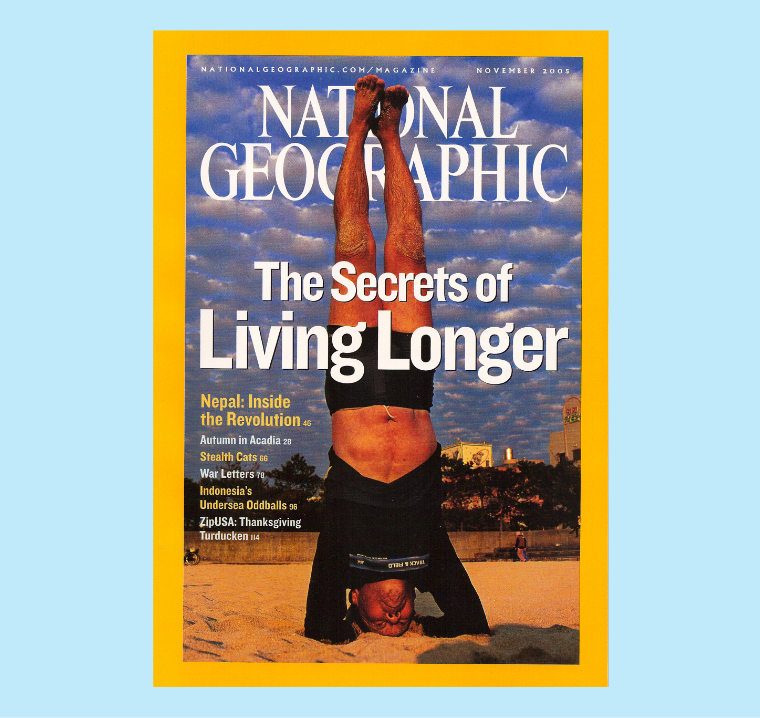
Dan Buettner, Blue Zones founder, is a National Geographic Fellow and multiple New York Timesbestselling author. He has discovered five places in the world – dubbed blue zones – where people live the longest, and are healthiest: Okinawa, Japan; Sardinia, Italy; Nicoya, Costa Rica; Ikaria, Greece, and Loma Linda, California.

Healthy longevity ensues from building the right environment for our families to live, work and play.
Learn More